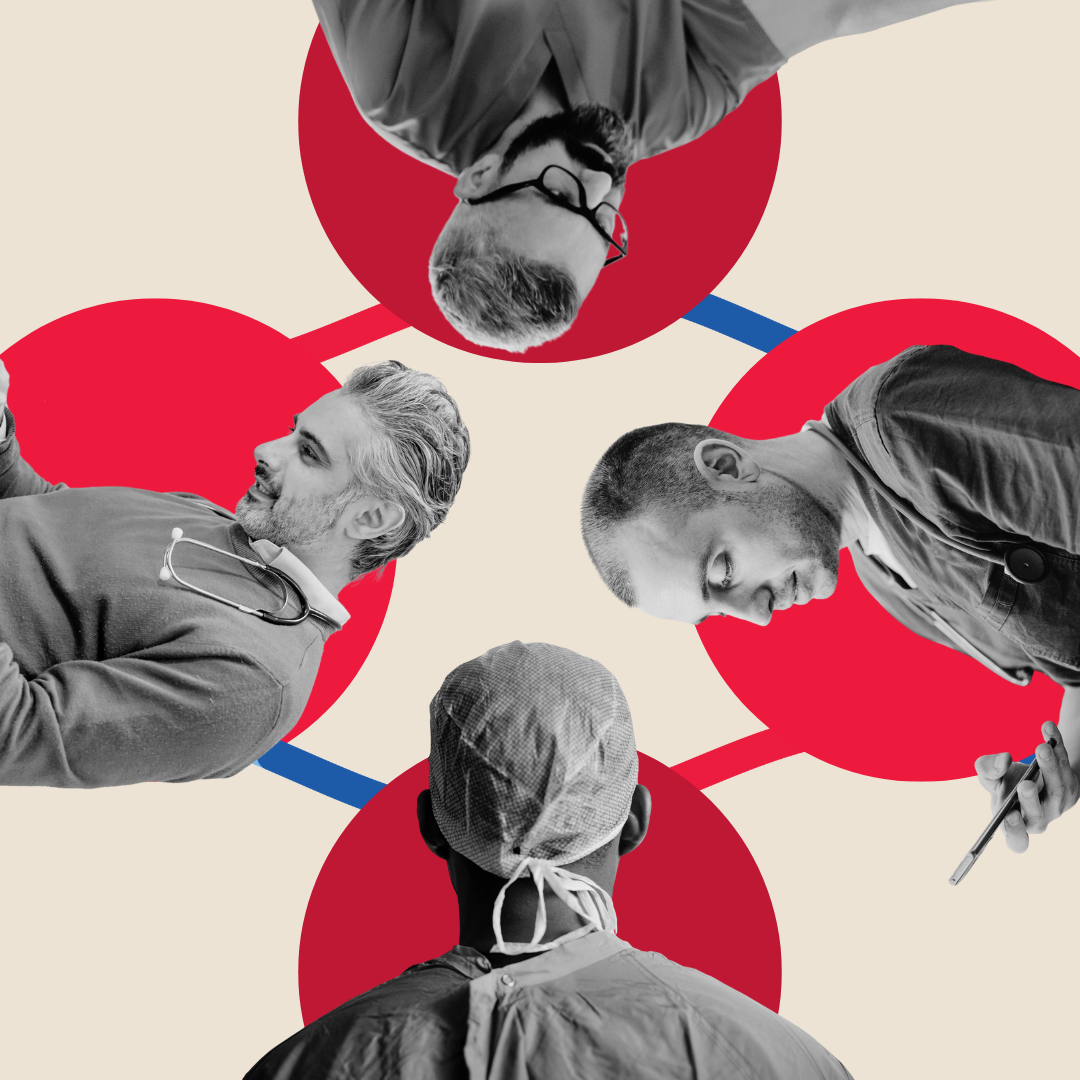Since October 2012, the Centers for Medicare and Medicaid Services (CMS) has withheld 1% of total Medicare reimbursements from hospitals. Only those with the highest patient-satisfaction scores can earn that money back — and it doubles in two years. Now, 1% might not seem like much, but that’s a share of $850 million that’s up for grabs.
Patient satisfaction scores are measured by CMS and the Agency for Healthcare Research and Quality (AHRQ), based on the results of the HCAHPS (Hospital Consumer Assessment of Healthcare Providers and Systems) Survey. The survey — which comprises 32 questions, 21 of which cover critical aspects of the hospital experience — is administered to a random sample of patients continuously throughout the year. CMS cleans, adjusts and analyzes the data, then publicly reports the results, and pays out the bonus money accordingly.
This means reimbursement is no longer paid simply in return for provision of services, nor influenced only by efficacy of clinical outcomes. CMS’s vision of value-based care goes beyond efficient use of resources and delivery of care, but takes patient satisfaction into account. Although most hospitals have improved patient satisfaction, that means competition is becoming more fierce. How can hospitals and physicians — both of which are busier and more stretched than ever — ensure high levels of patient satisfaction?
1. Communication simulations. Sometimes, practice is needed to help physicians learn to communicate better with patients. At the University of Missouri Health System, a live simulation center uses paid actors who raise non-medical issues during a visit. Kaiser Health News cites examples such as “a feuding teenager and mother or a patient angry that he was not given information about his condition quickly enough” — the kinds of interactions that get in the way of speedy treatment and discharge but, nevertheless have to be dealt with. The more physicians are able to practice their responses to these kinds of situations, the better they’ll be at handling them when they arise.
2. Facilitating undivided attention on the patient. Kaiser Health News also reports that one hospital is coaching doctors and nurses on their “bedside manner, like being advised not to stare at their computer when a patient is talking.” This is critical, as nurse and physician communication are the topics of six total questions on the HCAHPS Survey. In addition to coaching, using medical scribes — who complete the electronic health record in real time based on the physician/patient interaction and under the direction of the physician — lets physicians’ bedside manner shine.
3. Coordination of care. The HCAHPS also covers doctor communication, staff responsiveness, pain management, communication about medicines, discharge information and care transition — all of which rely on seamless, clear communication between providers. In orthopedics, for example, the acuity of some orthopaedic injuries does not always let patients and surgeons establish a strong patient-physician relationship before surgery. The patient may be seen by a general practitioner and sent to the hospital, or triaged by an ER physician, before being rushed to a consult with an orthopaedic surgeon and an anesthesiologist. Even elective surgeries may require a visit to a GP, then the specialist’s office, then to the surgical facility. All these steps in care, whether in one facility or several, require that complete and relevant information be shared among providers. Using medical scribes means, as one physician put it, “Our patients get better care, because the chart is so much better; other members of the care team can actually know what is going on with the patient. Our hospitals are more content, as the charts actually document the level of care they are providing to the patients, making sure all core measures are documented, and allowing the case managers to do their discharge planning job more efficiently.”
4. Understand where the patient is coming from. While the physical aspect of a medical issue can be measured with various tools, the concept of well-being is more difficult to capture. It encompasses physical, emotional and psychosocial issues, as well as priorities, preferences and empowerment. This doesn’t mean that physicians should start equating “satisfaction” with happy patients, to the detriment of clinical outcomes. But there’s a balance: Engaging patients’ beliefs and being willing to make small trade-offs for better concordance, compliance and overall outcomes is critical to providing truly patient-centered care.
Keep in mind, it’s not just CMS ratings that patients are using (and CMS payments you may be missing out on). According to a recent survey, the number of patients using online reviews has jumped 68%; nearly half of respondents would go out-of-network for a doctor with more favorable reviews; and Yelp is the most popular online review site (27% percent), tied with HealthGrades for most trusted. Patients share their experiences, and potential patients take those experiences seriously when deciding where to have care, and from whom. You should take their experiences seriously, too.




